Programme of the winter semester 2023/24
|
|
| |
|
19.10.2023
13:15, Lecture hall C.011
Dr. Mina Mazaherijohari
(Freie Universität Berlin)
The Carnian Pluvial Episode in Tethys Realm: Insights from multiproxy paleoclimate data
The Carnian Pluvial Episode (CPE) marks a significant Triassic climate change that profoundly impacted ecosystems. I present an interdisciplinary study to understand the vegetation history and the volcanic activity’s role in driving the CPE in the Tethys region. I show how palynological/paleobotanical data document a shift to humid habitats during the Carnian and how geochemical data suggest a link between the CPE and enhancedvolcanism. Nevertheless, further steps are required to unwrap the influence of volcanism on ecosystems during the CPE.
Bio: Mina’s research focuses on paleoclimatology/paleoecology using multidisciplinary approaches involving palynology, geochemistry, and stratigraphy. She is interested in the interaction between volcanism, climate, and terrestrial ecosystems, with a recent focus on the CPE. Mina has completed her PhD and Postdoc at the University of Ferrara (Italy) and recently moved to the paleoclimatology research group of Prof. Kaboth-Bahr at Freie University as a guest researcher.
https://www.geo.fu-berlin.de/geol/fachrichtungen/pal/mitarbeiter/wissenschaftliche-mitarbeiter/mazaherijohari/
Invited by: Stefanie Kaboth-Bahr
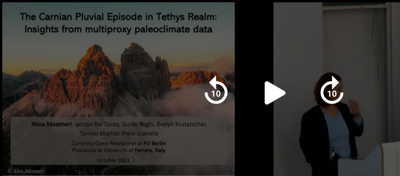
|
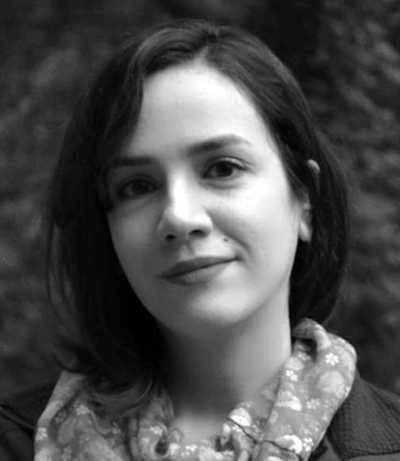 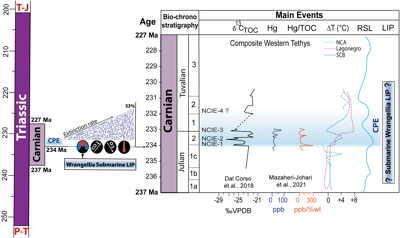 |
| |
|
02.11.2023
13:15, Lecture hall C.011
Prof. Dr. Daniel Vollprecht
(Universität Augsburg)
Mineralogy meets waste management - from mineral wastes to waste mineralogy
Mineral wastes represent the largest waste stream and comprise construction & demolition wastes (C&DW) and excavation materials as well as residues from incineration and metallurgy. The mineralogical composition of these wastes strongly influences their recyclability since the physical properties of the minerals influence their separatebility, and the solubility of mineral phases influences the potential for hydrometallurgical metal recovery as well as the leaching of heavy metals when the bulk material is used in construction applications. This lecture hightlights the importance of mineralogical methods and concepts in waste management and offers insights into job perspectives for mineralogists in this interdisciplinary branch.
Bio: After my studies of mineralogy at TU Bergakademie Freiberg and my PhD in Earth Sciences at Graz University of Technology, Austria, I switched into waste management, led the working group on mineral wastes, landfills, contaminated sites and waste waters, and received my habilitation in waste technology at Montanuniversität Leoben, Austria. In 2022, I was appointed as Chair of Resource and Chemical Engineering at the Institute of Materials Resource Management at the University of Augsburg, where I bring together my expertise from both materials science / mineralogy and environmental engineering / waste management to investigate material reactions along the circular economy with special emphasis on fluid-material interactions of end-of-life composite materials and industrial residues.
https://www.uni-augsburg.de/de/fakultaet/mntf/mrm/prof/reseng/team/vollprecht/
Invited by: Susan Schorr
|
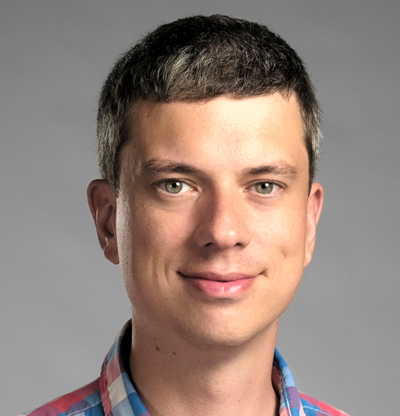 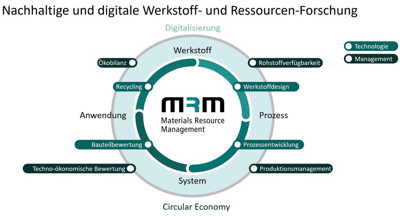 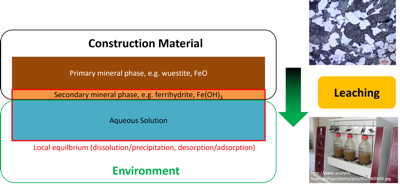 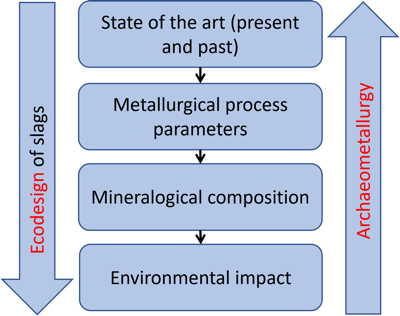 |
| |
|
16.11.2023
13:15, Lecture hall C.011
Dr. Jana Gliwa
(Freie Universität Berlin)
Ostracods and the role of seawater warming for the end-Permian mass extinction event
In view of the dramatic consequences of the current climate change, the importance of improving our understanding of the nature and the effects of global warming is evident. In this project, we used samples covering the end-Permian mass extinction event (252 Ma) to study the role of increasing seawater temperatures for the biotic crises. By measuring oxygen isotopes from ostracod shells, it was possible to reconstruct a seawater temperature curve and to assess the biological responses to the warming event.
Bio: After my studies of geosciences in Erlangen and Berlin, I finished my PhD in Biology at the Humboldt University and the Naturkundemuseum Berlin. I focused on marine microfossils and geochemical proxies for environmental reconstructions at the Permian-Triassic time interval. Today I am working as a postdoc in the working group of Prof. Pavel Tarasov at the Freie University where I focus on Quaternary paleoclimate reconstructions using lacustrine microfossils and geochemical proxy data.
https://www.geo.fu-berlin.de/geol/fachrichtungen/pal/mitarbeiter/wissenschaftliche-mitarbeiter/gliwa/
Invited by: Pavel Tarasov
|
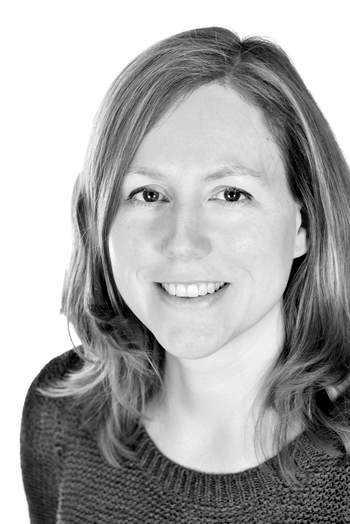
Photo: Jan Kersten
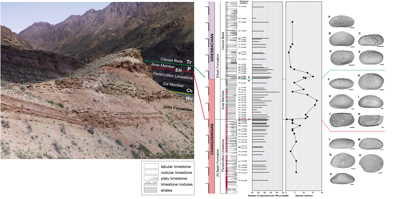
|
| |
|
30.11.2023
13:15, Lecture hall C.011
2023-11-30 Dr. Ilya Bobrovskiy
(GFZ Potsdam)
Evolution of life and environments at the rise of animals
The appearance and early diversification of animals are thought to be largely controlled by global environmental and ecological changes. One of the main archives of environmental changes is the stable carbon isotope record in sedimentary rocks, while the ecological changes are also reflected in the composition of biomarkers – geologically stable and identifiable remains of lipids and pigments. Combining both records, we can track down the transformations in animal habitats and test which factors may have facilitated and shaped early animal evolution.
Bio: Ilya is primarily working on understanding the co-evolution of life and environments during the Proterozoic and early Paleozoic, combining the methods of organic geochemistry, stable isotope geochemistry, and paleontology in his research. He obtained PhD in Geobiology at the Australian National University, completed a postdoc as a Texaco Postdoctoral Fellow at Caltech, and currently works at GFZ-Potsdam as a Branco Weiss Fellow.
Invited by: Harry Becker
|
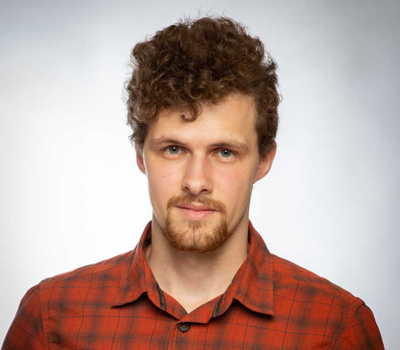 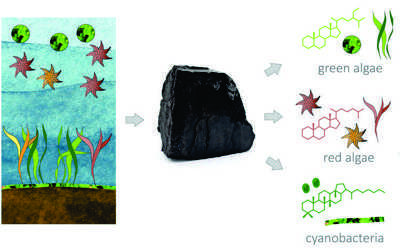 |
| |
|
07.12.2023
13:15, Lecture hall C.011
Ph.D. Benjamin Rendall
(Universität Potsdam)
Utilization of large geospatial datasets to understand controls on sediment transport in carbonate and mixed depositional systems – examples from the Bahamas and Red Sea
Broad coverage and accessibility of high-resolution elevation, bathymetry, and imagery datasets has enabled a step change in our ability to map and quantify sediment transport and deposition in modern and recent settings. Understanding distribution and variation in sedimentary systems across large environmental gradients presents an opportunity to evaluate extrinsic and intrinsic controls governing sedimentary processes and improve interpretations of ancient archives. This talk presents results from studies of two classic carbonate depositional provinces, the Bahamas and the Red Sea, to demonstrate utility of combining field and remote sensing techniques for understanding underlying controls on sediment transport and carbonate platform evolution in physically and ecologically dominated settings.
About myself
I am from the United States where I earned a B.S. in Geology from St. Lawrence University and an M.S in Geology from Idaho State University before spending 4 years in the Carbonate Stratigraphy and Reservoir Systems group at the ExxonMobil Upstream Research Company. While working in industry I was responsible for integrating sequence stratigraphic concepts with static petrophysical data and dynamic engineering data to improve subsurface models for supergiant carbonate oil and gas fields in the Middle East. In 2017 I left ExxonMobil to pursue a PhD at the University of Texas at Austin where I focused on relative influences of tectonic and glacioeustatic processes on shaping Late Paleozoic and Pleistocene carbonate platforms. My recent and current work aims to understand how interactions between Earth’s various subsystems influence sedimentation in carbonate and mixed carbonate-siliciclastic settings.
Invited by: Georg Heiss

|
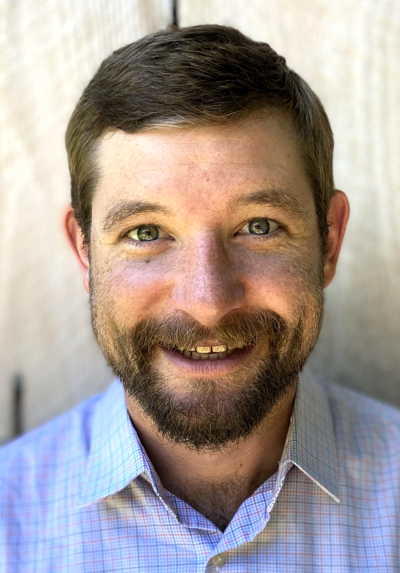 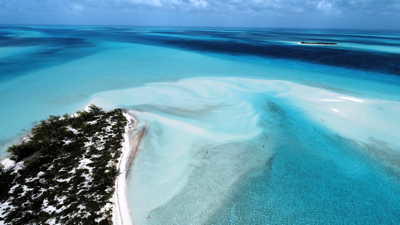 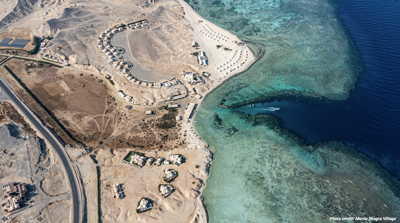
|
| |
|
11.01.2024
13:15, Lecture hall C.011
Prof. Dr. Florian Amann
(RWTH Aachen)
Selected results from 10 years of in-situ experiments for enhanced geothermal systems in deep underground laboratories
Unlocking deep geothermal resources in hot dry rocks has a major potential to contribute to heat and electricity production in Europe. Social and political acceptance suffer from previous large-scale projects and the expected costs and risks. High pressure stimulations are required for engineering a heat exchanger at large depth (e.g. 3000 – 5000m) in hot dry rocks (150 – 200°C) associated with the likelihood to create thermal shortcuts between boreholes or induced seismicity. Intermediate scale in-situ experiments may contribute to improve and test borehole completion, stimulation, monitoring and early warning strategies. The talk will cover some selected key results from ten years of field experiments at the Grimsel test site and the Bedretto underground research laboratory.
Bio: Florian´s research is mainly related to experimental geomechanics associated with the disposal of radioactive waste, natural hazards and deep geothermal energy. From 2002 to 2015 he was senior scientist at ETH Zurich in Engineering Geology, and the scientific lead of the deep geothermal laboratory at the Swiss Competence Center of Energy Research. 2017 he was appointed Full Professor in Engineering Geology at the RWTH University. Since 2021 he is the head of the Geomechanics and Geohazard competence centre at the Fraunhofer IEG (part time). During the past 10 years he was PI of several in-situ experiments includig ISC, ZoDrEx, SPINE, Easygo and the ERC funded FEAR project.
Homepage: https://www.lih.rwth-aachen.de/cms/LIH/Der-Lehrstuhl/Team/Institutsleitung/~qaoh/Florian-Amann/?allou=1
Invited by: Serge Shapiro
 |
|
| |
|
18.01.2024
13:15, Lecture hall C.011
Dr. Andreas Hübner
(FU Berlin)
Publication fees for Open Access journal articles and books: what does Freie Universität pay?
When publishing journal articles in Open Access, authors usually face costs. It is explained which costs are covered directly by the Freie Universität and how this works in practice. Difficulties, e.g. with Copernicus journals article processing charges are addressed as well as the FU perspective on the upcoming Open-Access-contract with Elsevier. Open-Access-Books are also financially supported by FU Berlin; this scheme will be explained as well. Finally, the new publishing house "Berlin Universities Publishing" will be briefly introduced.
Bio: Andreas is Liaison Librarian for the Earth Sciences at the Freie Universität Berlin university library since summer 2021. He studied Geology at the Freie Universität Berlin and the University of Edinburgh. Andreas holds a Ph.D. in Geochemistry from the FU Berlin and worked as postdoc at the University of Utrecht, The Netherlands. He joined GFZ German Research Centre for Geosciences, Potsdam, in 2006, working at the interface of research and communication in a variety of positions, increasingly with a focus on open science topics. Before he started his position as Liaison Librarian, Andreas worked for the Open Access Büro Berlin and the Fachinformationsdienst Geowissenschaften.
https://www.geo.fu-berlin.de/bibliotheken/Aktuelles/Publication-fees-for-Open-Access-journal-articles-and-books.html
Invited by: Georg Heiss

|
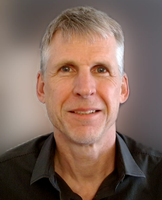 |
| |
|
25.01.2024
13:15, Lecture hall C.011
Dr. Wasja Bloch
(GFZ Potsdam)
When the lithosphere goes diving: Seismological signatures of present day subduction processes
Subduction zones are the geographic regions where the oceanic tectonic plates are drawn beneath the continents by plate tectonics. They form beautiful landscapes around the so-called Ring of Fire that surrounds the Pacific and eastern Indian Ocean. The recycling of rock, water, sediments and organic matter into Earth’s mantle and their return to the surface trough volcanism is a fascinating process that helps making the planet habitable in countless ways.
When the lithosphere subducts, it is subject to mechanical and chemical alterations, increases in temperature and pressure, metamorphism, fluid generation and redistribution, metasomatism, and other complex geodynamical processes. While for paleo-subduction zones these processes can be studied in the rock record, observations of active subduction rely on geophysical methods, primarily seismology.
In this talk, we will visit some phenomena that take place during subduction and look at their signatures in the seismic record: Megathrust earthquakes are the most destructive seismic events that occur due to the sudden release of the strain that is accumulated at the plate interface through plate convergence. But some subduction zones produce slow earthquakes. These are week- to month-long deformation events that are accompanied by seismic tremor and weak low-frequency earthquakes. Images obtained with seismological methods such as receiver functions or seismic tomography reveal the plate properties that change due to metamorphic mineral reactions or through structural wear of the down-going slab. In some cases, the metamorphosis of the slab itself causes seismicity, which can be analyzed to understand present day subduction processes.
Bio: Wasja studied Geosciences with a focus on structural geology at Georg-August-Universität Göttingen and Geological Sciences with a focus on Geophysics at Freie Universität Berlin. For his Master and Ph.D. projects he worked intensely on subduction related seismicity in the subduction zone of northern Chile. After his Ph.D. he moved to GFZ Geoscience Centre Potsdam, where he studied the collision tectonics of the Pamir highlands of Central Asia, and then to the University of British Columbia in Vancouver, Canada, where he imaged and modeled the subducting Juan de Fuca plate with receiver functions. He is currently a Postdoc at GFZ, working on a new slab model of the central Andean subduction.
Invited by: Jonas Folesky

|
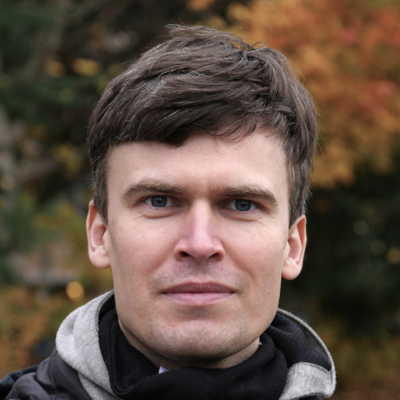 |
| |
|
01.02.2024
13:15, Lecture hall C.011
Prof. Dr. Andreas Rietbrock
(KIT Karlsruhe)
Determining the spatial-temporal behavior of seismogenic faults: From induced seismicity to the megathrust plate interface
Determining the structure, processes and physical properties of fault zones is fundamental to our understanding of earthquake processes. While geological exposures of faults at the surface or seismic reflection images of faults at depth provide a high spatial resolution determining the temporal evolution is quite involved, relying on multiple assumptions. On the other hand, the occurrence of seismicity can provide high temporal resolution but was up to now always lacking behind in spatial resolution making comparison with geological outcrops and/or MCS data challenging. Here, I will present new data from both a local geothermal site in Southern Germany and an aftershock sequence along the Ecuadorian margin to investigate the temporal-spatial resolution of seismicity. I will show that new AI/ML based detection and analysis algorithm together with full 3D relocation techniques are being able to increase the spatial resolution by an order of magnitude opening up new observation and interpretation opportunities.
Bio: Andreas’ research focus on earthquake seismology ranging from tomography, earthquake source parameters and FWI to engineering seismology. He is interested in developing new techniques and acquiring novel data sets to investigate subduction zone processes and earthquake source parameters. Andreas has done his undergraduate degree and PhD in Munich. He spent his Postdoc time at Freie Universität Berlin, University of Kyoto, and University of Potsdam, before taking up a lecture-/professorship at the University of Liverpool. After nearly 20 years at Liverpool Andreas returned to Germany in 2017, being appointed to the chair of geophysics at KIT, Karlsruhe.
Invited by: Serge Shapiro
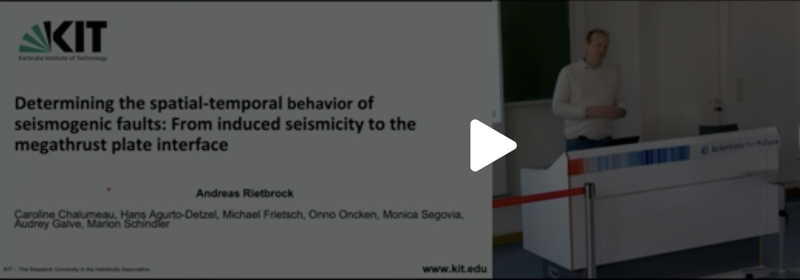
|
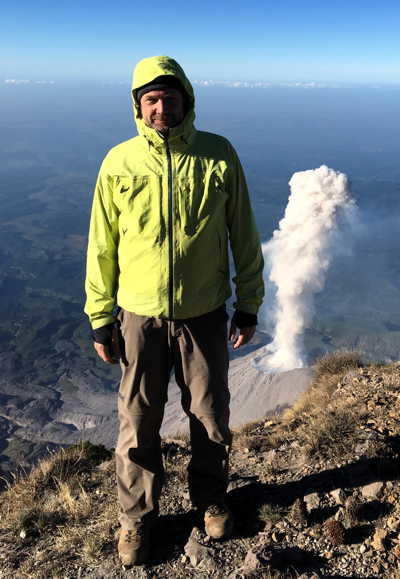 |
| |
|
08.02.2024
13:15, Lecture hall C.011
Dr. Alexandra Rodler-Rørbo
(Österreichisches Archäologisches Institut Wien)
Tracing the provenance of ancient pigments
The Hellenistic and Roman periods were colorful – people processed certain raw materials to use them as colorants and their material qualities and provenance mattered. Yet, little is known about where these materials came from and where they were processed. A plethora of mineral pigments was used in the past; materials were processed ranging from powdered ochre and cinnabar to pyrotechnological multi-component materials such as Egyptian blue. They came together to color walls and sculpture alike and – supported by mineralogical-petrographic and geochemical analysis – now enable the understanding of interaction across production technologies and trade networks, and the connectivity of ancient societies.
Bio: PhD in Geosciences from UCPH. Postdoc at NCG and Saxo, as part of ET-Home at VUB, as MSCA-Fellow at OeAI/OeAW and Senior Research Fellow at DLR/UVIE. Since 2023 PI of the ERC StG HUE, Senior Lecturer at IoC/UAA, Research Associate and Junior Research Group Leader at OeAI/OeAW, member of HEAS and the Young Academy. Current research interests are focused on the organization of ancient colorant networks in view of economic, political and technological changes.
Invited by: Elis Hoffmann
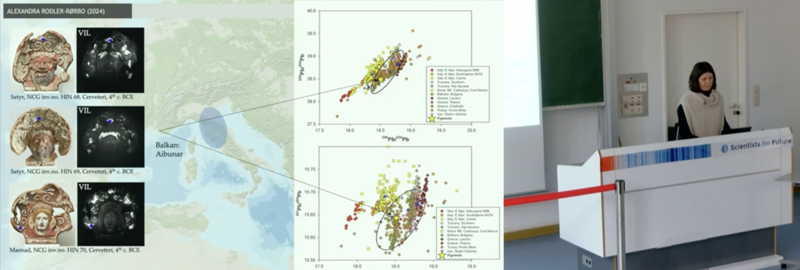
|
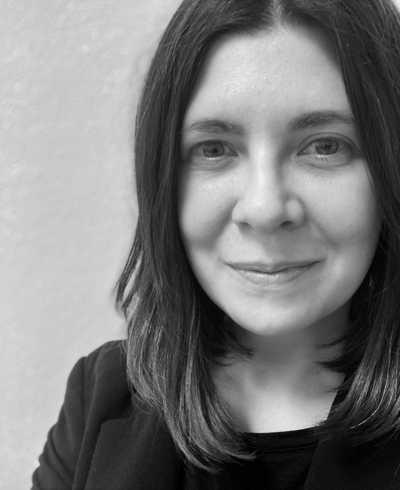 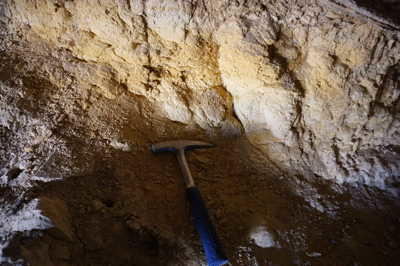 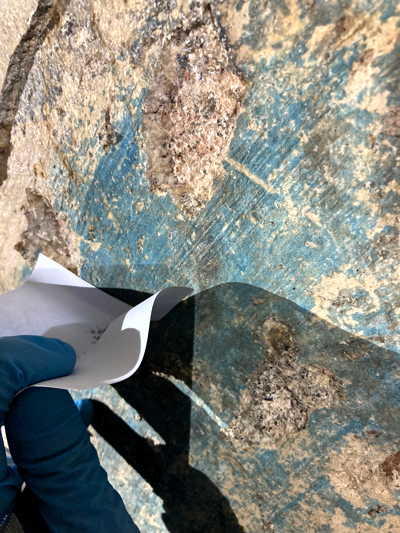 |
| |
|
15.02.2024
13:15, Lecture hall C.011
Dr. Jon Hillier
(Freie Universität Berlin)
Simulating hypervelocity cosmic dust in the laboratory
Cosmic dust – whether ejecta from asteroids, lofted from comets, condensed volcanic vapour, droplets of extraterrestrial oceans, entrained in the wind from a cool star or blown into space in novae and supernovae – can reveal a wealth of information about its source. However, spacecraft usually encounter this dust at extremely high speeds – so-called hypervelocities. Simulating this in the laboratory is complicated, requiring suitable micrometre and submicrometre dust grains to be accelerated to tens of km s-1. Here I will discuss the state of the art of this process, with examples of the scientific utilisation of such grains, particularly concentrating on hypervelocity impact ionisation mass spectrometry.
About me: Jon studied for an MPhys in Astrophysics at Cardiff University, before completing a PhD in Physics at the University of Kent, UK, concerning the observational astronomy of outer solar system planetesimals. After a brief detour in distributing computing research at the University of Oxford, in 2003 he rejoined the planetary science community as a postdoctoral research fellow at the Open University, analysing data from the Cassini spacecraft’s Cosmic Dust Analyser. In 2011 he moved to Universität Heidelberg, working on cosmic dust preparation and sample analysis for the Stardust Interstellar Preliminary Examination project. Returning to the University of Kent in 2014, he was a Marie Curie Intra-European Research Fellow researching the manufacture of novel water-filled cosmic dust analogues. Since 2018 he has worked in the Planetary Science group at Freie Universität, initially on a DFG-funded project to study the mass spectra of hydrous and dehydrated minerals relevant to the Destiny Plus spacecraft’s flyby of asteroid 3200 Phaethon. He is currently a senior scientist in the group, concentrating on mass spectrometry and the production of cosmic dust analogues for a range of missions and applications.
Invited by: Frank Postberg
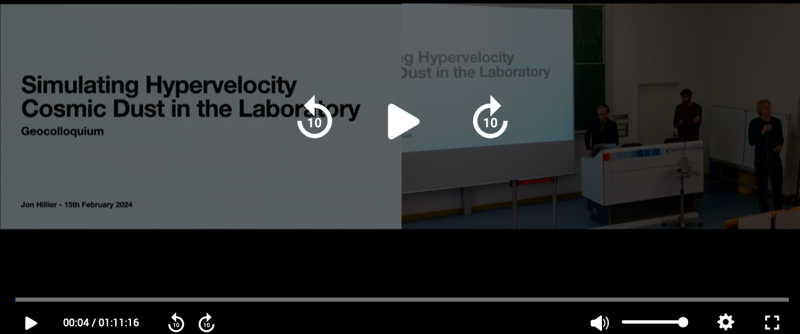
For online participation, please use this meeting link (via WebEx):
https://fu-berlin.webex.com/fu-berlin-en/j.php?MTID=mfbb7e31e2c32693a41be2b4d15218eb9
Join by meeting number:
Meeting number (access code): 2730 786 5565
Meeting password: JmfG5PMRX58
LIVESTREAM (opens new window) (No questions possible. To join the discussion please use the link above to the WebEx meeting)
|
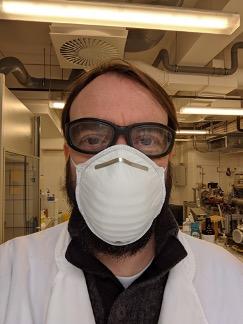   |
The programme and lecture information are distributed via the colloquium mailing list: https://lists.fu-berlin.de/listinfo/geokolloquium.
You can subscribe to the list yourself via the link. We usually send out the announcement of the lectures at the beginning of the week in which a lecture takes place, as well as a short reminder on the day of the lecture, nothing more.
Über die Kolloquiums-Mailingliste werden das Programm und Vortragsinfos verteilt: https://lists.fu-berlin.de/listinfo/geokolloquium.
Sie können sich über das Link selbst zur Liste anmelden. Wir verschicken die Ankündigung der Vorträge meist am Anfang der Woche, in der ein Vortrag stattfindet, sowie eine kurze Erinnerung am Tag des Vortrags, mehr nicht. |
|
| |
|































